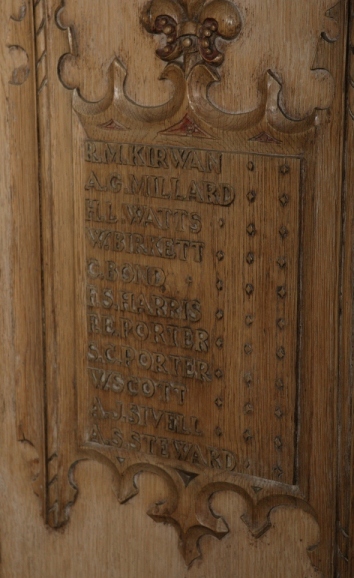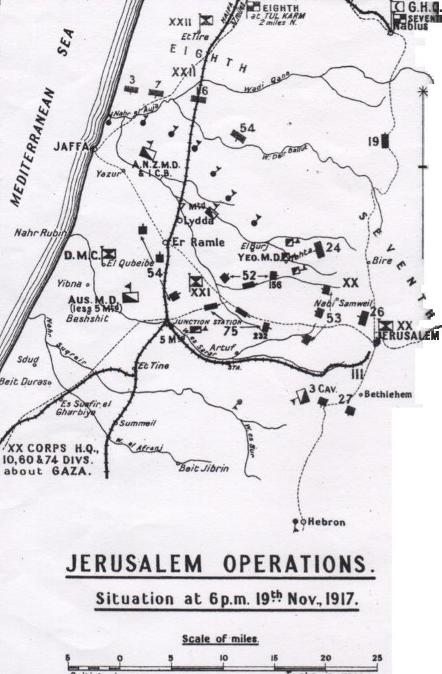Walter Scott
Walter Scott was born in Copford near Colchester on 13th
December 1894.
He was baptised at St Michael's and All Angels Church, Copford on 24th
March 1895.
In 1901 young Walter Scott was living at the
Green, Copford with his family:
Walter Scott, age 68, occupation: Plumber, born: Copford
Louisa Jane Scott (nee Lett), age 34, born: Copford. Louisa was Walter
senior’s second wife. They were married in 1887
Herbert E Scott, age 21, occupation: Painter, born: Copford
Margaret C. Scott, age 12, born: Copford
Jenny L. Scott, age 10, born: Copford
Lily Scott, age 7, born: Copford
Walter Scott, age 6, born: Copford
Frank B. Scott, age 11 months, born: Copford
In 1907 Walter senior died aged 72, when Walter was just 12. We don't know what happened to his mother in the years between 1907 and 1911 but at the time of the census Walter and his younger brother Frank are listed as boarders at the home of Fanny Manning of Copford Green:
Fanny Manning, age 67, occupation: Laundress
Walter Scott, age 16, occupation: Worker, General Labourer
Frank Scott, age 10, scholar
George Juniper, age 10, scholar
Walter was later employed as a servant at Felsted School where he is commemorated on the carved memorial in the School chapel.
He served as Private soldier 12208 with the 9th Battalion the Essex Regiment, later becoming Private soldier 23199 with the 1st/7th Battalion the Essex Regiment.
The 1st/7th Battalion were part of the 161st (Essex) Brigade, 54th (East Anglian) Division, XXI Corps, which was part of General Allenby's Allied Egyptian Expeditionary Force.
The Commonwealth war graves commission records show that he was killed in action on 19th September 1917 and is buried at the Ramleh War Cemetery, Israel.
John D. Grainger in his book ‘The Battle For Palestine 1917’ records that on 10th November pushed north towards Maghur Ridge with the East Anglian Division in the rear. XXI corps under General Bulfin were pushed to thicken the advance, and met stiff resistance on the 12th November. The Battle was won on 13th November.
With very little respite the army began the advance through the Palestine hills towards Jerusalem.
Grainger records that "General Bulfin was given overall command of the assault, and had planned to cut the Nablus road on the second day. The infantry invasion began early on the 19th, though the Yeomanry Mounted Division started out the day before. All three divisions advanced easily as far as the foothills, and then found their routes were nothing like as comfortable as expected. The Turkish rear-guards spun out the British Attacks for three days, standing to fight briefly at a series of hills and passes before retreating."
A map of the operations made on the evening of 19th November 1917 the day of Walter’s death show that the XXI corps were positioned just south of Ramleh with the 54th Division on a line to the south west of the city.
On the 20th November the British Forces led by Australian yeomanry captured the city of Ramleh. The Times correspondent with the British Army in Palestine, Mr W.T. Massey reported “The population of Ramleh welcomed us enthusiastically. The Abusheh ridge, south-eastward of Ramleh was the scene of another brilliant Yeomanry charge. They galloped at the difficult ridge, facing violent machine-gun fire, sabred 400 Turks, and captured a gun and 350 prisoners.”
Not having any next of kin in Felsted he is not remembered on the memorials in either the United Reformed Church or Holy Cross, or on the village memorial outside the Memorial Hall.

Part of the Felsted School Chapel Carved Memorial
courtesy Felsted School

Jerusalem Operations Map 6 pm 19th November 1917